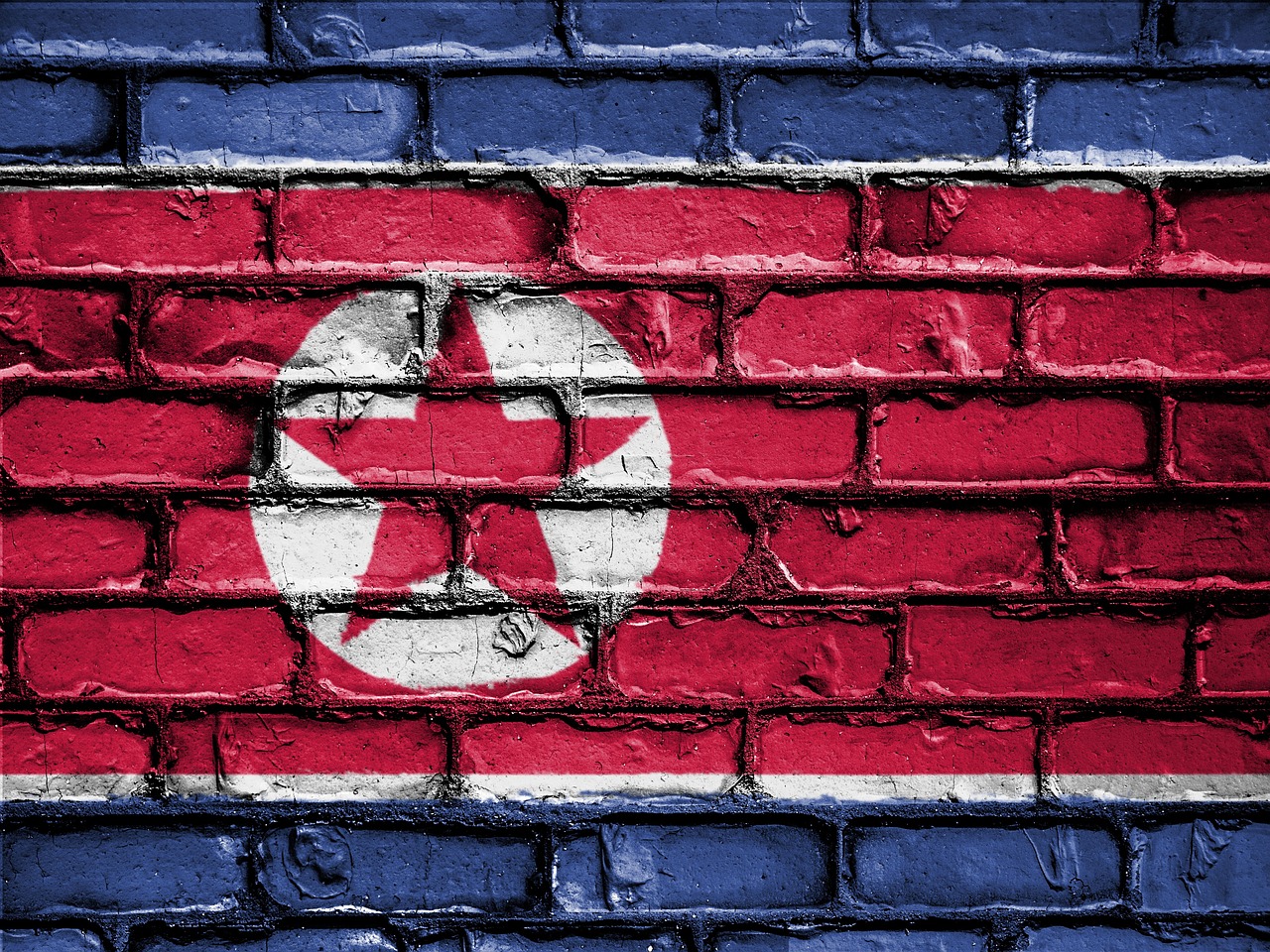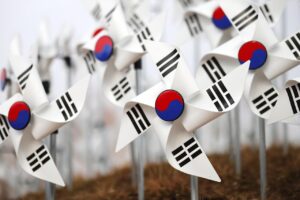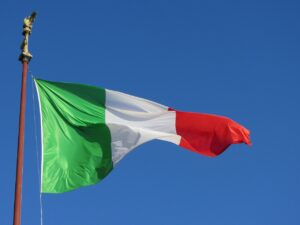Within the enigmatic confines of North Korea lies a lesser-explored facet: the Deaf community and its unique culture. Despite limited access to information, glimpses into the education, history, and sign language used by the Deaf in North Korea shed light on a community thriving amidst challenges and cultural nuances.
Educational Landscape and History
North Korea’s educational approach for the Deaf has historically been intertwined with specialized schools and institutions. While details about the curriculum remain scarce, reports suggest a focus on vocational training and education tailored to the Deaf students’ needs.
The Sign Language in North Korea
North Korea reportedly has its own indigenous sign language, often referred to as North Korean Sign Language (NKSL). Similar to other sign languages worldwide, NKSL is a visual-gestural language, utilizing handshapes, movements, facial expressions, and body language to convey meaning and communication. However, comprehensive information about NKSL, including its structure and extent of usage, remains largely unknown due to limited access and research.
Population and Cultural Insights
Estimates regarding the number of Deaf individuals in North Korea are challenging to ascertain due to limited data and restricted access to the country. However, the Deaf community is believed to exist within the broader cultural fabric of North Korea, possibly sharing collective experiences and communication within their community.
Government Stance and Recognition
Official comments or information from the North Korean government regarding the Deaf community and sign language usage are scarce. The government’s stance on the linguistic rights and recognition of sign language within North Korea remains elusive, with minimal public discourse or official acknowledgment of the Deaf community’s cultural significance.
Challenges and Cultural Nuances
The Deaf community in North Korea encounters challenges similar to those faced by Deaf populations worldwide, including access to education, healthcare, and societal inclusion. However, the specifics of these challenges and the community’s coping mechanisms within the country remain relatively unknown due to limited access and information.
Societal Perceptions and Integration
Insights into societal perceptions towards the Deaf community in North Korea are rare. It is presumed that cultural perceptions and attitudes towards Deaf individuals might mirror broader societal values within the country.
In 2016, an unprecedented event marked a significant milestone in the relationship between the international Deaf community and North Korea. The Head of the World Federation of the Deaf embarked on a historic visit to North Korea, fostering dialogue and understanding between the global Deaf community and a nation known for its seclusion. This groundbreaking visit aimed to explore the status of Deaf individuals within North Korea, opening a window into the cultural, educational, and linguistic landscape of the country’s Deaf community. While specific details about the visit and its outcomes remain limited, this momentous occasion marked a step towards international engagement and collaboration in understanding the Deaf culture in North Korea.
Conclusion
The Deaf community within North Korea remains veiled in secrecy, with limited access and information available. While educational efforts and a unique sign language likely exist, the details about the Deaf culture, population, and government recognition remain obscured. Exploring and understanding the intricacies of North Korea’s Deaf community could potentially shed light on a lesser-known aspect of the country’s cultural landscape, emphasizing the importance of inclusivity and recognition of linguistic diversity worldwide.



